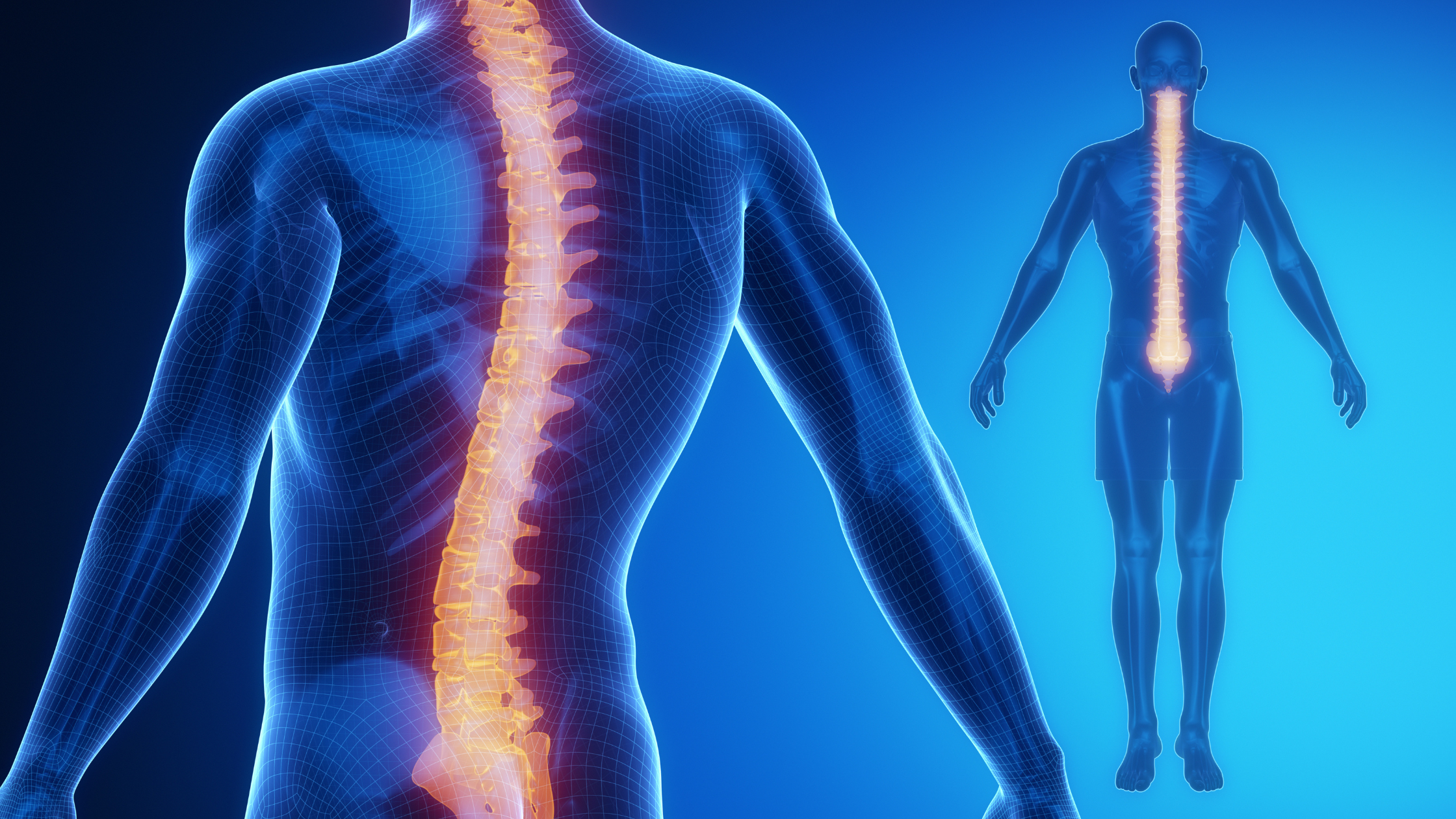The term OLIF stands for Oblique Lateral Interbody Fusion, a minimally invasive surgical technique specifically designed for addressing spinal conditions. This innovative approach has gained traction in recent years due to its ability to provide effective treatment while reducing the risks associated with traditional spinal surgeries. By utilizing an oblique approach, surgeons can access the spine without the need for extensive muscle dissection, minimizing trauma to surrounding tissues.
OLIF is primarily employed for conditions such as degenerative disc disease, scoliosis, and spinal stenosis. By targeting the intervertebral discs, the procedure aims to relieve pain, restore spinal stability, and promote healing. As healthcare professionals continue to seek advanced methodologies, OLIF represents a significant shift towards less invasive surgical options, thereby enhancing patient outcomes and expediting recovery times.
Understanding OLIF requires a comprehensive look at its methodology, benefits, and how it compares to traditional spinal fusion techniques. As the demand for innovative solutions in spine surgery rises, OLIF stands out as a promising alternative that aligns with modern medical practices.
Understanding the OLIF Approach: Key Features
The OLIF approach is characterized by several key features that differentiate it from conventional surgical methods. First and foremost, this technique employs a lateral entry point, allowing surgeons to access the spine from the side of the body. This oblique approach minimizes the need to manipulate or retract major muscles, which significantly reduces postoperative pain and promotes faster recovery.
Another essential aspect of OLIF is its focus on preserving the natural anatomy of the spine. The procedure is designed to maintain the structural integrity of the surrounding tissues, nerves, and blood vessels, thereby minimizing complications and enhancing overall safety. Surgeons utilize advanced imaging techniques to navigate to the targeted area accurately, ensuring they can perform the surgery with precision.
By restoring proper disc height and curvature, these devices play a crucial role in enhancing the stability of the spine post-surgery. This multifaceted approach underscores the effectiveness of OLIF in treating a range of spinal conditions while prioritizing patient well-being.
OLIF vs. Traditional Spinal Fusion Methods
When comparing OLIF to traditional spinal fusion methods, several notable differences emerge. Traditional techniques typically involve larger incisions and extensive muscle dissection, which can lead to longer recovery times and increased postoperative discomfort. In contrast, OLIF’s minimally invasive nature allows for smaller incisions and reduced trauma to the surrounding muscles, which plays a significant role in facilitating quicker recoveries.
Moreover, OLIF’s oblique approach enables surgeons to access the spine from a unique angle, allowing them to avoid critical structures that are often encountered in traditional surgeries. This advantage not only enhances the safety of the procedure but also reduces the likelihood of complications such as nerve damage or excessive bleeding.
Statistically, patients undergoing OLIF have reported shorter hospital stays and faster return-to-work times compared to those who have undergone traditional spinal fusion surgeries. While both methods aim to achieve similar outcomes—pain relief and spinal stability—the OLIF technique stands out for its innovative approach and patient-centered advantages, setting a new standard in spinal care.
The Purpose of OLIF in Treating Spinal Conditions
OLIF serves a critical purpose in the treatment of various spinal conditions. One of its primary applications is the management of degenerative disc disease, a common ailment affecting individuals as they age. By addressing the affected intervertebral discs, OLIF aims to alleviate pain, significantly improving the patient’s quality of life.
Additionally, OLIF plays a vital role in treating spinal deformities such as scoliosis. The procedure can be employed to stabilize the spine and correct abnormal curvature, ultimately enhancing the patient’s posture and functional abilities.
Furthermore, OLIF is utilized in cases of spinal stenosis, wherein the spinal canal narrows and compresses the nerves. By decompressing the affected areas and stabilizing the spine, OLIF provides effective relief from symptoms such as numbness, tingling, and weakness in the limbs.
How it Works: A Step-by-Step Explanation
The OLIF procedure is meticulously planned and executed, following a systematic approach to ensure optimal outcomes. The first step involves a thorough preoperative assessment, where imaging studies such as MRI and CT scans are conducted to evaluate the patient’s spinal condition. This assessment allows the surgeon to develop a tailored surgical plan that addresses the specific needs of the patient.
Once the surgical plan is established, the patient is positioned on the operating table, typically on their side. The surgeon then makes a small incision in the flank area, through which specialized instruments are introduced. Utilizing CT navigation, the surgeon navigates towards the target intervertebral disc, avoiding critical structures along the way.
Upon reaching the disc space, the surgeon carefully removes the damaged disc material and prepares the area for the placement of an interbody cage. This cage is inserted into the disc space to restore height and stability. Incisions are then made on the back, and using image guidance, pedicle screws and rods are placed with minimally invasive technique to reinforce the fusion. The incisions are closed with sutures. Post-surgery, patients are closely monitored, and a rehabilitation plan is initiated to facilitate recovery.
Advantages and Potential Benefits
OLIF offers a multitude of advantages that make it an appealing option for both patients and healthcare professionals. One of the most significant benefits is the minimally invasive nature of the procedure, which results in reduced postoperative pain and shorter recovery times. Patients often experience less discomfort and can return to their daily activities much sooner than those who undergo traditional spinal surgeries.
Another advantage is the preservation of surrounding muscles and tissues. By utilizing a lateral approach, OLIF minimizes disruption to the back muscles. This preservation of these muscles may contribute to a quicker recovery and enhances the overall effectiveness of the procedure.
Additionally, OLIF boasts a lower risk of complications compared to traditional spinal fusion methods. The precise navigation and targeted approach reduce the likelihood of nerve damage, excessive bleeding, and infections. As a result, patients can feel more confident in the safety and efficacy of the procedure, knowing that it aligns with contemporary standards of care in spinal surgery.
Recovery and Rehabilitation After Surgery
Immediately following the procedure, patients are typically monitored in a recovery area for a few hours. Pain management protocols are initiated to ensure comfort and facilitate early mobility. Most patients spend one night in the hospital and discharge home the next day. Regular walking and light activity is encouraged. After a few weeks, patients often begin a physical rehabilitation program that focuses on strengthening the core muscles and enhancing flexibility. This program is tailored to the individual’s specific needs and may involve a combination of physical therapy exercises, stretching routines, and educational sessions about proper body mechanics. The goal of rehabilitation is to promote healing, improve strength, and prevent future spinal issues.
Patients are usually encouraged to gradually increase their activity levels as they progress in their recovery. While some individuals may return to light activities within a few weeks, full recovery can take several months. Regular follow-up appointments with the surgeon are essential to monitor the healing process and make any necessary adjustments to the rehabilitation plan.
The Role of OLIF in Modern Spine Surgery
In conclusion, the OLIF procedure represents a significant advancement in the treatment of spinal conditions. By prioritizing minimally invasive techniques, OLIF offers patients a safer, more effective alternative to traditional spinal fusion methods. Its unique approach not only addresses a variety of spinal issues but also promotes faster recovery and improved quality of life.
If you or a loved one is experiencing spinal issues, consider discussing treatment with a qualified spine specialist at Spine Team Texas. Understanding all available options can lead to better health outcomes. Reach out today for a consultation and take the first step towards a pain-free life.



